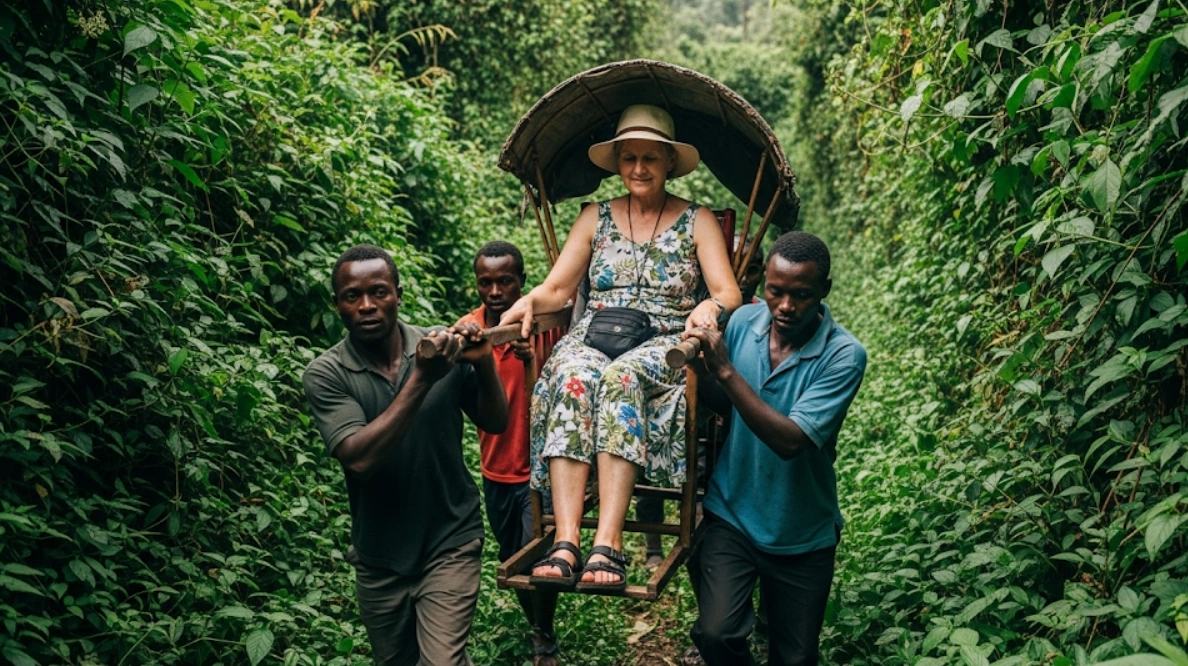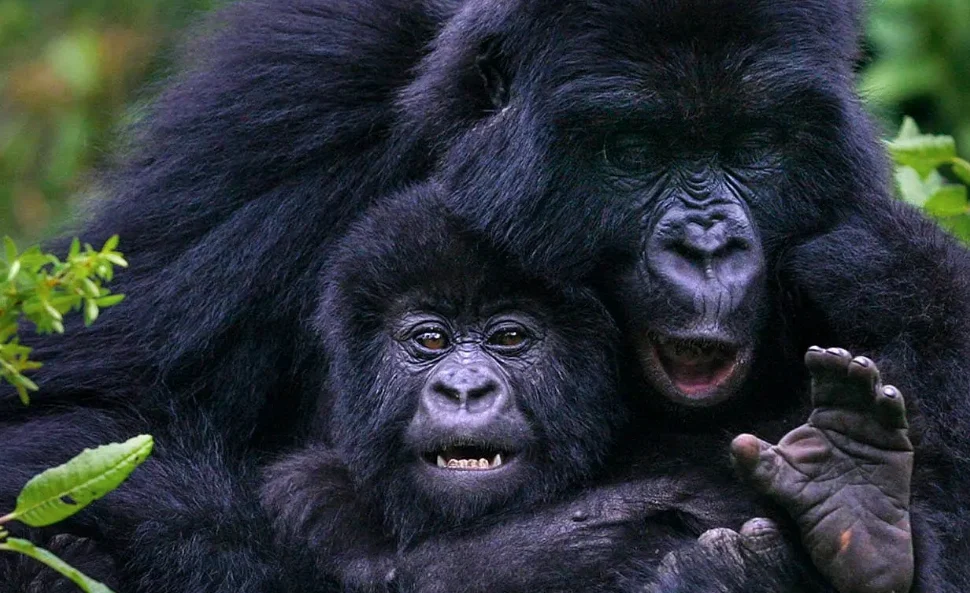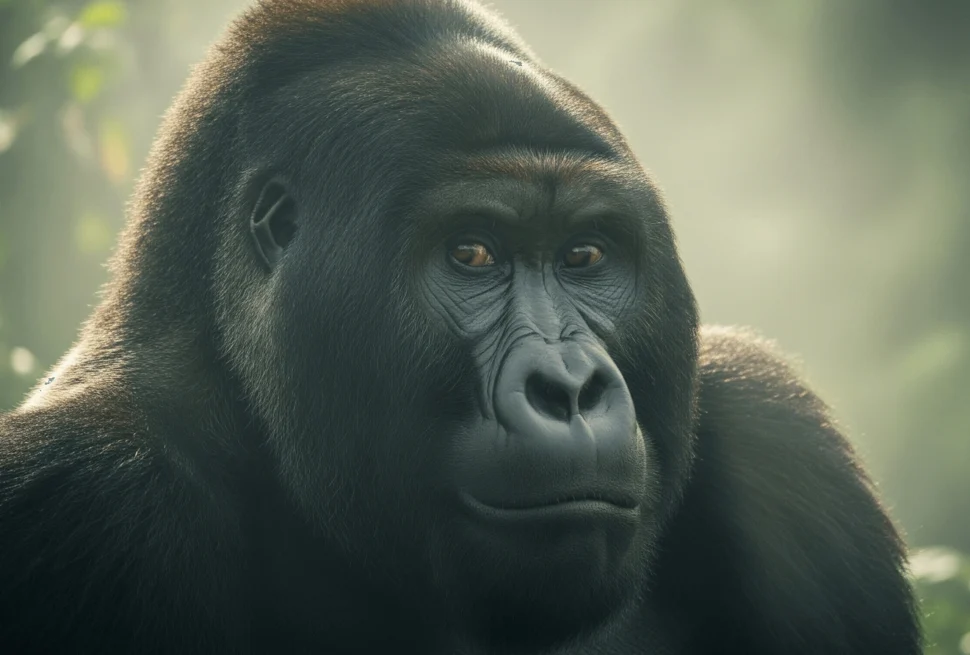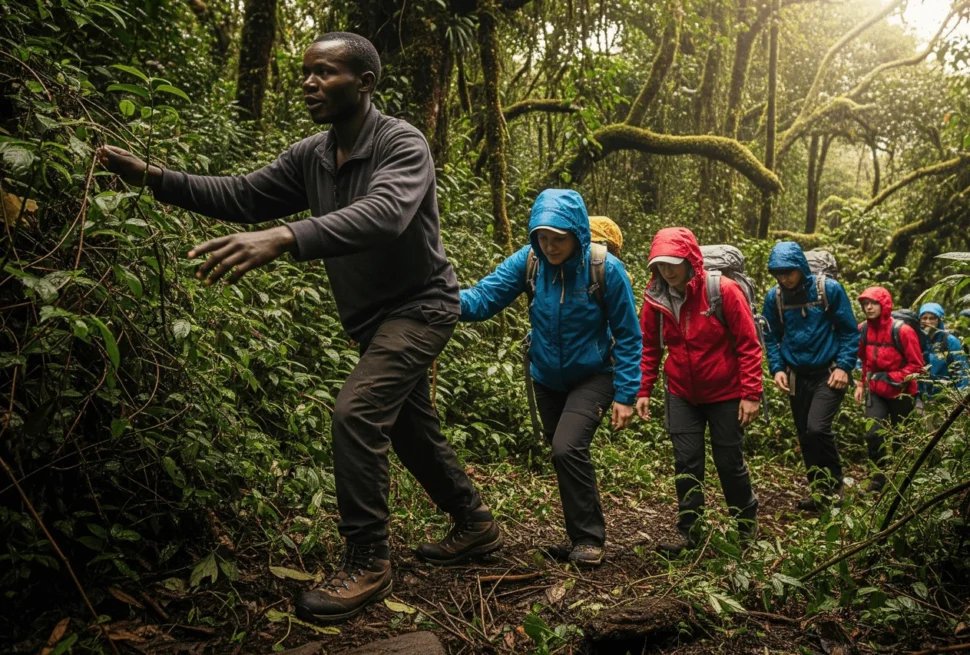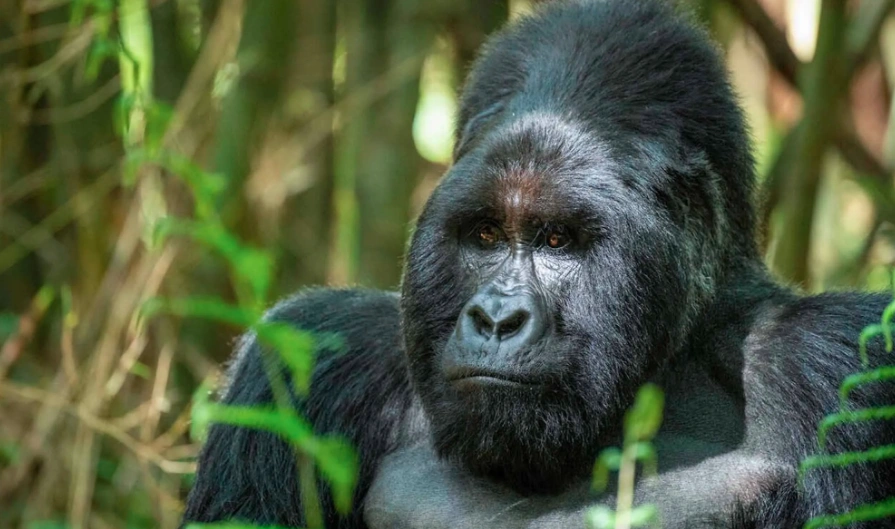A persistent myth suggests that wild, untouched landscapes are exclusively for the physically unhindered. This notion often positions a gorilla trek as an endeavor demanding peak physical conditioning.
Such a perspective, however, overlooks both the adaptive nature of human experience and the growing commitment to responsible, inclusive tourism.
What if a deep, authentic connection with nature were accessible to more than just the ultra-fit?
Key Takeaways
- Gorilla trekking is genuinely possible for travelers with mobility challenges, thanks to readily available support and thoughtful planning.
- While no trek is guaranteed “easy,” Bwindi’s Buhoma sector and Rwanda’s Volcanoes National Park often present more manageable terrain.
- Park rangers are crucial; they work to assign groups to gorilla families found in more accessible locations on the day of your trek.
- Utilize porters and specialized sedan chairs—essential services that not only aid your journey but also significantly benefit local communities.
- Consult your doctor beforehand to ensure readiness and discuss any necessary preparations.
- Maintain open, detailed communication with your tour operator to ensure your safari is meticulously tailored to your specific needs.
Rethinking the Gorilla Trek Narrative
The typical narrative of a gorilla trek often highlights the physical ordeal: the steep climbs, the dense jungle, the sheer endurance required. While this can be true for some, it inadvertently sidelines a segment of curious, discerning travelers: those navigating mobility challenges.
The seldom-told story is one of inclusion, quiet determination, and a profound connection that transcends physical prowess. Encountering gorillas isn’t about conquering the terrain; it’s about respectful immersion.
Park authorities and leading safari operators increasingly recognize the demand for inclusive travel experiences. This shift fundamentally challenges the idea that a wildlife encounter must be physically demanding to be “authentic.”
True authenticity, in this context, involves engaging with the natural world on its own terms, in a way that is meaningful and respectful for every individual.
Practical Solutions for Accessible Trekking
Addressing mobility concerns for a gorilla trek involves strategic planning and leveraging the robust support systems available. The goal is to bridge any perceived gap between your desire and the trek’s practical realities.
1. Porters and Sedan Chairs
One of the most impactful solutions comes through human assistance. Local porters, often from communities bordering the national parks, offer invaluable support.
They carry daypacks, provide a steadying hand, and help navigate uneven ground. Their support is a game-changer, turning a potentially difficult trek into a manageable and enjoyable experience.
For those requiring more substantial assistance, especially in Uganda’s Bwindi Impenetrable National Park or Mgahinga Gorilla National Park, specially designed sedan chairs are available.
These chairs, carried by a team of strong porters (typically 8-12 individuals), allow travelers to be comfortably transported through the forest, even over challenging sections.
This service is a testament to the dedication of park communities to make these incredible encounters accessible.
Cost and Ethical Contribution
Hiring porters or a sedan chair is a direct, tangible contribution to local livelihoods. Porters generally cost USD 15-20 per person per day, paid directly.
A sedan chair and its team typically range from USD 300-500 per day, depending on the park and specific requirements. This fee covers the chair rental and the wages for the entire team.
These individuals are often the primary breadwinners for their families, and your patronage directly supports their well-being and fosters a deeper stake in conservation efforts.
Respect and Gratitude
Your porters are literally carrying the weight of your adventure. Treat them with the utmost respect. Beyond their daily wage, tipping is customary and deeply appreciated.
A fair tip for an individual porter is typically USD 10-20. For a sedan chair team, a collective tip of USD 50-100+ is appropriate, given the strenuous nature of their work.
2. Choosing the Right Gorilla Family and Park Sector
Not all gorilla groups are equally challenging to reach, and the “easiest” route can change daily. Park rangers, with their intimate knowledge of the gorillas’ movements and the terrain, are crucial allies.
They can often guide your group to habituated gorilla families known to be in more accessible locations, or those that have settled at lower altitudes on a particular day.
- Uganda’s Bwindi Impenetrable National Park: Its Buhoma sector (Northern Bwindi) is often cited as having generally gentler slopes and less dense vegetation, making it a good starting point for discussion. Families here include Mubare, Rushegura, Habinyanja, and Katwe.
- Uganda’s Mgahinga Gorilla National Park: While at a higher altitude, its smaller size and the single habituated Nyakagezi family sometimes mean shorter treks. Learn more about Bwindi vs Mgahinga for gorilla trekking.
- Rwanda’s Volcanoes National Park: Many travelers find Rwanda’s treks less physically demanding due to more open terrain and often shorter tracking distances.
Discussing these nuances with your safari operator, like Dust & Echo, is vital. We work closely with park authorities to align your physical capabilities with the likelihood of a comfortable and successful trek.
3. Tailored Itineraries for Uncompromised Experiences
A luxury safari from Dust & Echo is about crafting experiences that resonate deeply. For travelers with mobility challenges, this means designing itineraries that prioritize comfort, flexibility, and appropriate pacing.
Consider a journey that includes rest days, shorter trekking distances, or strategically located lodges that minimize transit time to the gorilla tracking start points.
Dust & Echo offers various customizable Uganda safaris, from the focused 3 Days Uganda Gorilla Trekking Bwindi to more extensive journeys like the 12 Days Uganda Safari, all of which can be adapted to your specific accessibility requirements.
Ethical Considerations Beyond Your Trek
Enabling access for all travelers to witness these incredible creatures carries broader ethical implications that go beyond the individual experience.
Community Empowerment Through Tourism
The direct involvement of local porters and guides in accessible trekking initiatives creates profound socio-economic benefits within communities that live alongside these precious ecosystems.
This tangible income provides a powerful incentive for conservation, empowering local people as active custodians of the gorillas’ habitat. It’s a compelling example of how tourism, when managed responsibly, becomes a vital force for positive change.
For deeper insight, here are 5 Key Things to Know About Uganda’s Indigenous Communities.
Challenging Perceptions of Travel
By demonstrating that gorilla trekking is not exclusively for the ultra-adventurous, we challenge outdated societal perceptions of disability and travel.
It sends a powerful message of inclusivity, affirming that the profound beauty of the natural world should be available to everyone, irrespective of physical limitations.
This aligns with a more holistic view of conservation, one that values both the preservation of wildlife and the human experience of connecting with it.
Upholding Animal Welfare and Minimal Impact
Ensuring accessibility must never compromise the well-being of the gorillas or their delicate habitat. Strict gorilla trekking rules remain universally applied, emphasizing respectful distances, quiet observation, and minimal disturbance.
All trekkers, whether walking or being carried, receive comprehensive briefings on these protocols to ensure a harmonious interaction.
The paramount focus remains on gentle, unobtrusive engagement, allowing these magnificent primates to thrive undisturbed.
Planning Your Accessible Gorilla Safari
Embarking on an accessible gorilla trek requires a collaborative approach, emphasizing clear communication and thoughtful customization.
1. Open Communication is Key
The single most critical step is transparent communication with your safari company. Clearly articulate your specific mobility needs, any assistive devices you use, and your comfort levels.
A reputable operator like Dust & Echo will engage in detailed discussions, working with you to assess feasibility and design a suitable itinerary.
This includes a thorough review of factors like Gorilla Trekking Fitness and Age Requirements, always seeking tailored solutions rather than blanket restrictions.
2. Medical Consultation is Prudent
Always consult with your doctor before planning such a trip. They can provide invaluable advice on managing your condition in a new environment, particularly considering altitude and the modified physical demands.
Ensure you have all necessary medications and a comprehensive plan for any contingencies.
3. Embrace Nature’s Unpredictability
While meticulous planning minimizes risks, remember that nature is inherently unpredictable. Gorillas move, weather conditions can shift rapidly, and forest trails can be affected.
A flexible mindset and an understanding that minor adjustments might be necessary are essential.
The extraordinary reward of encountering these gentle giants in their natural home far outweighs any potential minor inconveniences.
Start Your Journey with Dust & Echo
An encounter with the mountain gorillas of East Africa is a rare privilege, a moment of profound connection that resonates long after you leave the forest. Dust & Echo is dedicated to making this extraordinary experience accessible and deeply meaningful for all.
If you are a discerning traveler who seeks authentic encounters and values a responsible approach to adventure, let us craft a bespoke safari that speaks to your curiosity and gracefully accommodates your unique needs.
Request a quote and begin planning your bespoke gorilla trekking adventure.
Frequently Asked Questions
Q: Can someone who uses a wheelchair go gorilla trekking?
A: Yes, with diligent planning and the essential support of specialized sedan chairs carried by experienced porters, individuals who use wheelchairs can absolutely experience gorilla trekking in East Africa. This service is designed to make the trek accessible.
Q: How far in advance should I book an accessible gorilla trekking trip?
A: It’s highly recommended to book an accessible gorilla trekking trip as far in advance as possible, ideally 6-12 months. This is especially true if you require a sedan chair, as these are limited and need to be arranged well ahead of time with park authorities. This also allows ample time for permit acquisition and detailed itinerary customization.
Q: What should I pack specifically for an accessible gorilla trek?
A: Beyond the standard what to pack for gorilla trekking] items, consider comfortable, sturdy footwear suitable for uneven ground (even if primarily using a chair, you might transfer at times), rain gear, and any personal medical supplies. Layered clothing is advisable due to changing forest temperatures.
Q: Will I still get to spend an hour with the gorillas if I use a sedan chair?
A: Yes, the time spent with the gorillas remains the same for all trekking groups. Once the gorillas are located, all participants, including those in sedan chairs, will observe the habituated family for the standard one-hour duration, adhering to all viewing protocols.
Q: Is the cost of porters and sedan chairs included in the safari package price?
A: Typically, the cost of porters and sedan chair services is an additional charge, separate from your main safari package price. These fees are usually paid directly to the por service providers on the day of your trek. Always confirm this detail with your tour operator during the planning stages.

